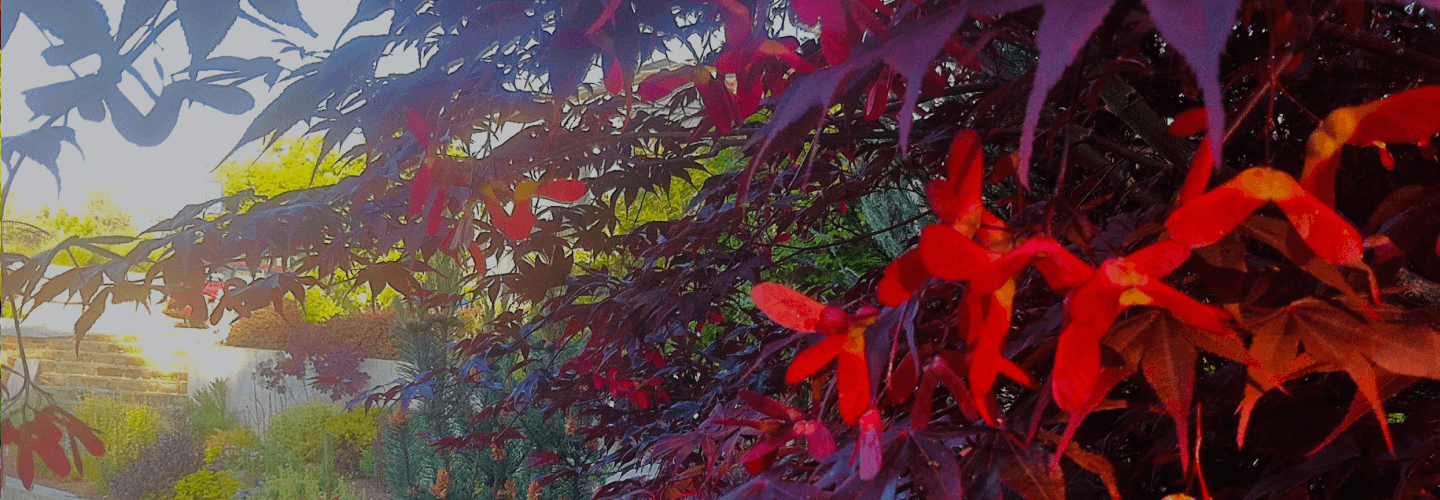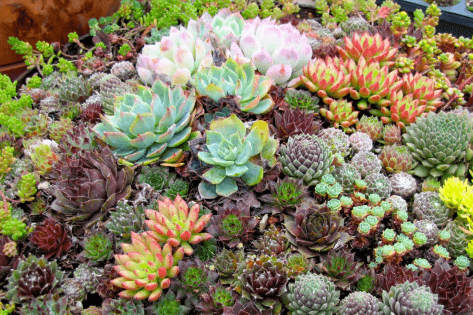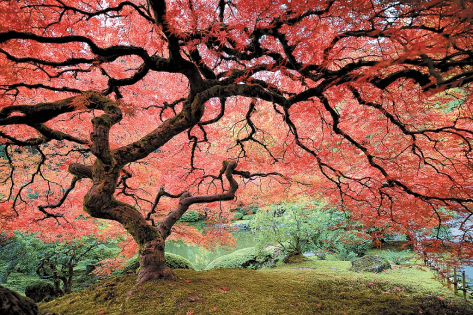
The Science and Art of Aesthetic Pruning
Designing Timeless Garden Landscapes
The beauty of a finely pruned tree can nearly take one’s breath away. But what is it that makes a tree stand out? The answer is explored in depth in a comprehensive field of study and specialization, aesthetic pruning, which combines science and art to beautify ornamental trees and shrubs. Other words to describe this field are fine, aesthetic, sculptural, ornamental and specialty pruning. Perhaps you have wondered why you would want to have a fine pruner work on your trees and shrubs, especially if you already have a regular gardener.
Fine pruning combines art and science
While tree pruning has been around for a long time, aesthetic pruning is not well-known yet – especially in this country. Some countries foster a particular style of pruning that they are known for, but the term “aesthetic pruning” involves specific elements and is not locked into one style of garden. It includes horticultural knowledge and the understanding of plant health, the natural and correct way to prune, an aesthetic approach and a respect for the subject. It considers the design and style of the space surrounding the plant or tree. It is typically done on trees under 15 feet tall found in a garden setting. Experience in this field can develop a sensitivity or intuitive approach.
Aesthetic pruning has many elements
Pruning naturally and aesthetically enhances growth in the plant or tree’s natural form, and takes it to the next level – the particular and individual shape of that tree/shrub and its potential for beauty in the garden. Following are some of the elements considered when pruning:
- Plant health and needs, horticultural concerns.
- Aesthetic control for size.
- The long-term plan for the garden and the house.
- The long-term plan for the tree/plant over time.
- Location of the plant and its function or potential function in that setting.
- Relationship to the house or other structures in terms of shaping and health.
- Consideration of how to prune, initially based on whether it should be a focal point, midground or background plant, then examining the plant itself in more detail.
- Other possible considerations in relation to the site. This degree of care is most notable in beautifully maintained Japanese gardens, but it is available for all garden themes and styles.
The difference in the results over time for the trees, the garden and the viewer can be remarkable.
Essence of tree informs pruning
A tree such as a Japanese maple, pruned sculpturally and horticulturally, has a beauty and essence that is sometimes difficult to put into words. If you’ve seen such a tree, chances are good that tree has been pruned with horticultural knowledge and aesthetics through the years to encourage its natural architectural (trunk and branch) structure.
An aesthetic pruner seeks the essence of each individual tree or plant and the plan for that tree over time in the garden. The plant’s essence includes its structural form and potential; its leanings (literally); the color, shape and texture of wood, bark, roots, leaves, flowers and fruit; its form coming out of the ground; how it grips the ground; and other unique elements.
Fine pruning will reveal its beauty over time. This is why the technique is sometimes referred to as sculptural pruning. It is actually sculpting and training the plant to grow in a particular way, still in its natural habit, but in a specific direction and with parameters that work for the unique garden or space in which it resides. This is realized as the tree or plant grows and matures.
For example, picture a camellia bush thick with flowers and foliage. The flowers are beautiful but the bush as a whole looks like one big mass. Now envision that camellia with delicate spaces between the leaves and the branches. The flowers become individually visible as do the leaves – it looks lacy and more approachable. You can view the other side through the tree, creating a depth of field, and possibly some of the beautiful branching structure is revealed. Now, the bush would look like a completely different plant – both in terms of its health and its beauty.
Now visualize a Japanese maple. It is fully leafed out with a bulky density of leaves and shoots. You know the leaves are beautiful, but you can’t really see them in such a mass and there are too many branches. Now picture the same tree with delicate, tapering branches – lovely layers with spaces between open to the light. The leaves are no longer camouflaged as a big clump, they are thinned out and can dance and shimmer in the wind with the play of light passing through them. The leaves are more defined because there are fewer of them. These effects are available with aesthetic pruning. It is neither an accident nor completely the luck of the draw that some maples have a beautiful look and others do not (though choosing a healthy tree with good potential structure to begin with is a great start).
Bare can be beautiful
Have you noticed that some trees that have lost their leaves for the winter can be strikingly beautiful? Architectural pruning opens a framework from which the leaves and spaces between the branches can stand out, creating beauty even in winter with what has been called “the winter silhouette.” All woody plants and trees, deciduous or evergreen, can benefit from this grooming. Even fruit trees can be pruned aesthetically and continue to provide ample fruit.
To sum up …
It is not possible to cover the whole subject of aesthetic pruning here but following are some key elements to consider.
- Fine, aesthetic, sculptural, ornamental, specialty pruning all denote a specialty that is not well known yet, but is growing – particularly in the Bay Area.
- A fine pruner can work in conjunction with a gardener or with you regarding the health and management of your garden.
- This type of pruning is both art and science. The science of pruning includes horticultural knowledge of plants and their needs. These include when, how much and the correct way to prune; understanding light and sun requirements and particular water needs; making sure the plant is not planted too deeply (a common problem); understanding, prevention of and correct holistic treatment of disease; nourishment for plants and soil, including mulch and compost; and understanding of microclimates, special considerations between plants, as well as common sense.
The art of pruning combines these scientific aspects while finding the beauty or essence within each particular tree or plant and bringing that out – mostly by the skilled elimination of what is not needed and the skilled training of what remains. This is all done within the context of the particular space. It is a form of sculpture and is indeed an art form.
- Just as in the theater, not every actor gets to be the star – yet without the supporting cast, the play would not be effective or even possible, so in a garden, not all plants get to be the focal point. This would be exhausting to the eyes and would not blend for a harmonious, peaceful environment. Some plants are needed for a sense of structure and support and create the contrast or backdrop for the stars of the garden. This creates drama, allowing some things to recede while others pop and come forward. Each plays a part in the whole, vital, living, breathing picture and design.
- Individual plants should be pruned within the context of the particular garden, and the specific function it will perform within that garden. During different seasons, the emphasis may change according to the habits of the plants. The intention of the fine or aesthetic pruner is to take account of all these factors while working.
Dennis Makishima developed an entire curriculum devoted to aesthetic pruning in the department of landscape horticulture at Merritt College in Oakland. It is believed to be the only one of its kind in the country. Bay Area residents are fortunate to have a resource of aesthetic pruners available to them for hire. The college’s Aesthetic Pruning Club consists of members with their own businesses as Fine Aesthetic Pruners, who donate time on weekends to prune public gardens such as Hakone Gardens in Saratoga and Lakeside Park Japanese Garden in Oakland as well as schools, libraries and other public places. Mentoring among the members takes place during these events so that experiential learning continues.
Judy Maier is an aesthetic pruner, landscape designer, artist and garden writer working in the Bay Area. She is a member of the Association of Professional Landscape Designers, APLD and the Merritt College Aesthetic Pruning Club. For more information, call (408) 398-3161, e-mail judy@judysgardens.com or visit www.judysgardens. com.


